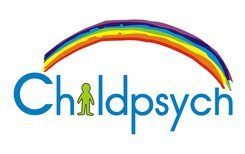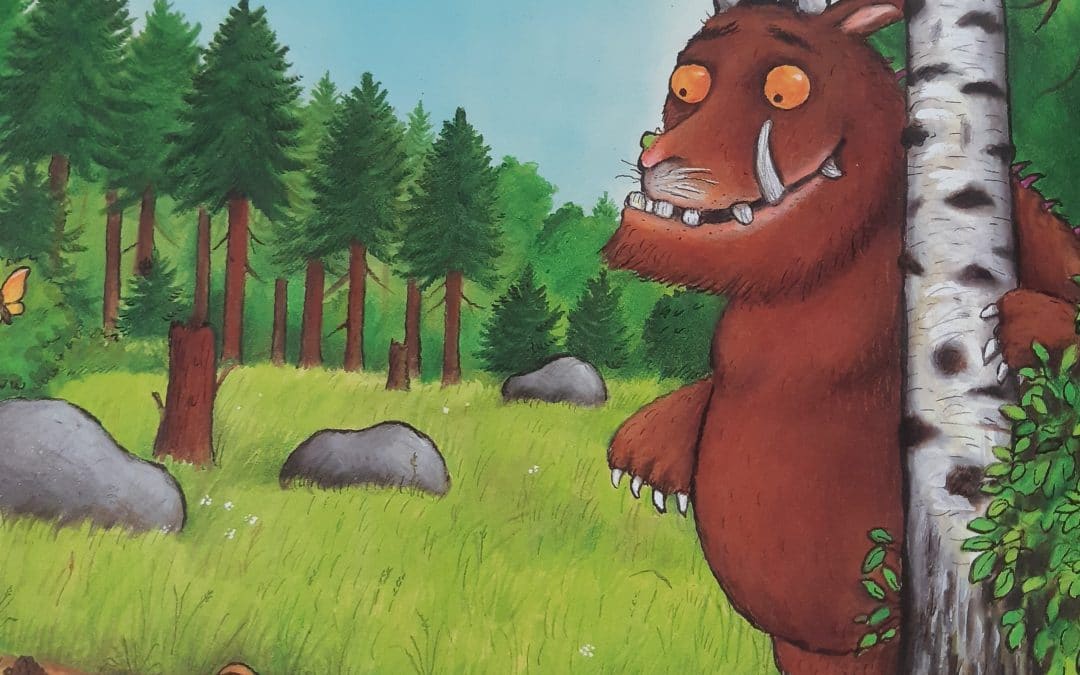Playtherapy comes in many forms and at times I’ve found that nothing can really bring a message home to kids the way a good story book can. I often think of the books below as my old, reliable friends. They have never failed me and I plan to still use them a lot in the future. Of course, they are used in combination with other techniques. But I just love the way that many of my playtherapy clients relate to the characters in the story.
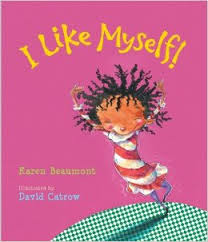 I like Myself by Karen Beaumont. ISBN 0-15-202013-6
I like Myself by Karen Beaumont. ISBN 0-15-202013-6
I mainly make use of this book when I am trying to build up a child’s self-esteem in playtherapy. It is a beautiful book about a little girl just brimming with confidence! Karen then “unpacks” all the things this girl likes about herself. She discovers that it is the little things: “I like my eyes, my ears, my nose …” that each of us can appreciate about ourselves. The illustrations are wonderfully hilarious and the text helps kids to feel that it’s okay to be different or silly. My favourite line? “I’m having too much fun you see for anything to bother me”. Listen to it being read aloud on Ms Clark’s reading corner.
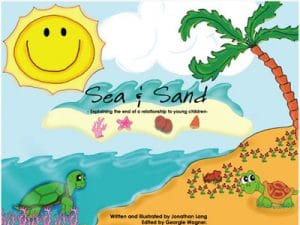 Sea and Sand by Jonathan Lang. ISBN 978-0-620-49650-6
Sea and Sand by Jonathan Lang. ISBN 978-0-620-49650-6
Jonathan wrote this book for his own son when he and his wife were divorcing to help him through this difficult time. Jonathan tells a beautiful story of a land turtle and a sea turtle that meet and fall in love. But eventually part ways, simply because they are so different and are not happy together. Playtherapy with chiIdren whose parents are going through a divorce can be heartbreaking. I love that Johanthan explains in such simple terms that relationships ultimately fall apart. NOT because people fight or because they no longer love each other. Nor necessarily because someone has done something wrong. But simply because people are not happy together. It also tries to explain what will happen after the divorce. Something many children worry about. And assures them that even though the family might now live apart they can still be happy. My favourite line? “… all knew that no matter where they lived or what happened in their lives they would all care for each other very much …”
 The Gruffalo by Julia Donaldson. ISNB 978-0-333-71093-7
The Gruffalo by Julia Donaldson. ISNB 978-0-333-71093-7
This book needs no introduction. It is widely regarded as a classic piece of children’s literature. I love the hilarious irony of the story. But more that that I love how it can convey a rather complex message to children, much better than I can in words. The lesson is that acting confidently, even if you’re not can eventually become a self-fulfilling prophecy and lead to one becoming more self-confident. This little mouse has so much chutzpah! He does not simply accept his station in life but harnesses all his brainpower and creativity to escape from the clutches of those who wish to do him harm. My favourite line? “But now my tummy’s beginning to rumble. My favourite food is – Gruffalo crumble!”
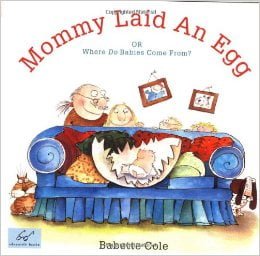 Mommy Laid An Egg by Babette Cole. ISBN 0-8118-1319-3
Mommy Laid An Egg by Babette Cole. ISBN 0-8118-1319-3
For the most part we address traumatic experiences in playtherapy. We also do a lot of work around building kids up and providing them with the tools to cope with difficult situations. But every now again we need to address a slightly more awkward issue. Some kid somewhere is bound to walk in on his parents having sex or to get a new sibling and then start asking all sorts of hard-to-answer questions about where babies come from. With this book, Babette is such a straight shooter and tackles the issue head on. I love how the parents share all sorts of outlandish stories with their children in this book about where babies come from. And that it is then finally the children who tell the parents in perfectly straight English exactly how it is done. Revealing that they know a lot more than they often let on. Most importantly, it is light-hearted and conveys the essentials of conceptions to children without having them feel that there is something dirty or wrong about sex. I love each and every one of the lines, but the comical illustrations win hands down!
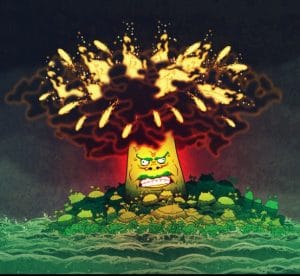 Crano the Angry Volcano by Anel Annandale.
Crano the Angry Volcano by Anel Annandale.
Available as a free download CLICK HERE.
Okay – so naturally I’m completely biased when it comes to this one since I wrote it. But hear me out: I had so often found in my playtherapy sessions that children with anger management issues carried the additional burden of feeling guilty for their outbursts. And often they also feel totally confused about what they are feeling. That is why I wrote it. What I like about it is that it is a useful tool for me to use in explaining to children that all emotions are acceptable. But that not all reactions to these emotions are okay. I can use it to help them understand that by finding acceptable ways to express their frustration and anger as the feelings arise, they can prevent themselves from “exploding”. Again, I love all the lines but it is the illustrations by my good friend (and crazily talented artist) James Mann that really draws children to the story. Especially the dramatic scene of Crano exploding.
